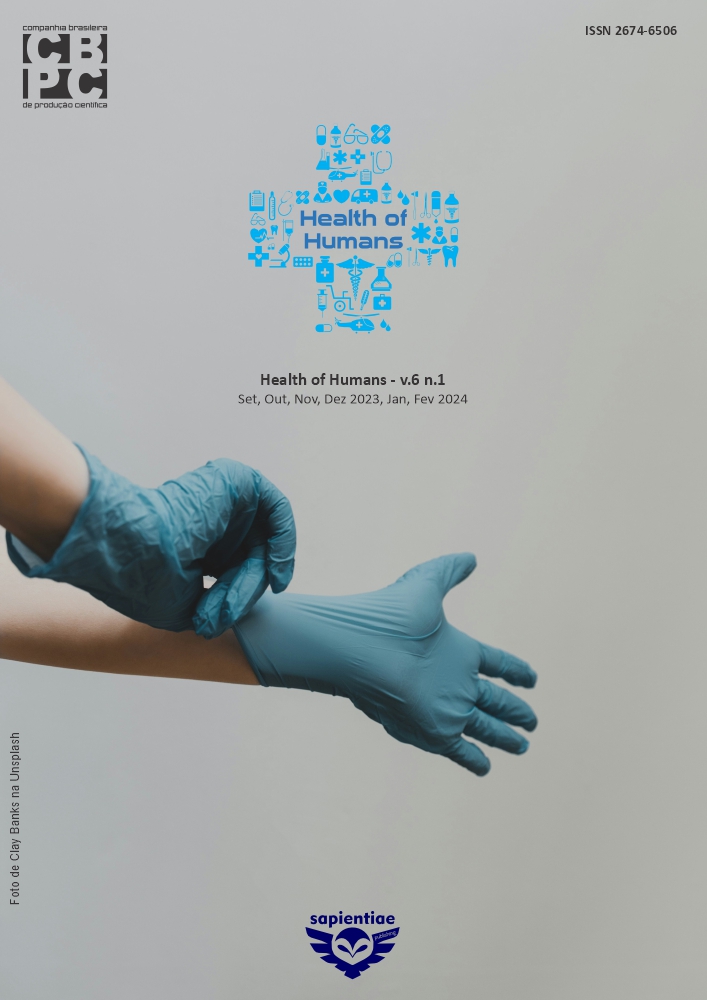Use of mandelic acid in the treatment of post-inflammatory hyperchromias: a literature review
DOI:
https://doi.org/10.6008/CBPC2236-9600.2020.002.0005Keywords:
Epidermis, Hyperchromias, Melanogenesis, Mandelic AcidAbstract
Skin care is something more and more frequent nowadays, with hyperpigmentation being among the first complaints of patients in aesthetic procedures. Mandelic acid is an alpha-hydroxy-acid widely used in the treatment of hyperchromias due to its effective lightening action that can be used in all phototypes safely. Because it contains a high-weight molecule, the active agent slowly permeates the skin acting on the synthesis of melanin. The present study aims to briefly explain the structure of the epidermis and melanocyte, the synthesis of melanin as responsible for skin pigmentation and the action of mandelic peeling as a depigmenting active. The methodology used was the bibliographic study that consists of collecting information based on studies pre-existing information available in books, articles and websites related to health. After the selection of the study material, the reading, thorough analysis and interpretation of the information was carried out, providing support for the data file and consequent theoretical foundation. From the analysis of the information, it can be concluded that hyperchromias are the result of several factors and that mandelic acid is a less aggressive option for the treatment of this dysfunction, presenting satisfactory results. Since it is a molecule with high weight, its permeation is slower and more uniform, acting as a collagen stimulator, however, its indiscriminate use can cause burns, bruises and other adverse effects, making its administration by trained personnel advisable.
Downloads
Downloads
Published
Issue
Section
License
The CBPC - Companhia Brasileira de Produção Científica (Brazil CNPJ: 11.221.422/0001-03) the material rights of the published works. The rights relate to the publication of the work anywhere in the world, including rights to renewals, expansions and dissemination of the contribution, as well as other subsidiary rights. All electronically published works may subsequently be published in printed collections under the coordination of this company and / or its partners. The authors preserve the copyright, but are not allowed to publish the contribution in another medium, printed or digital, in Portuguese or in translation.








